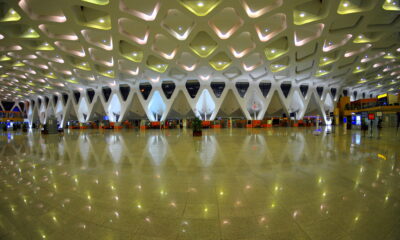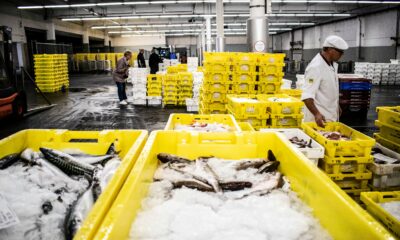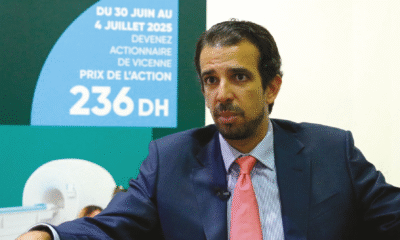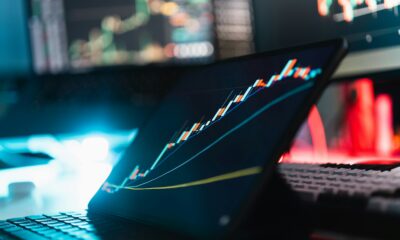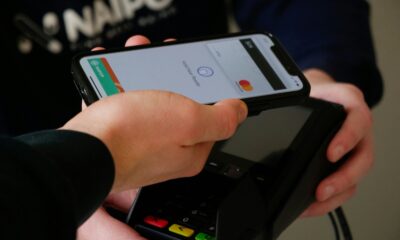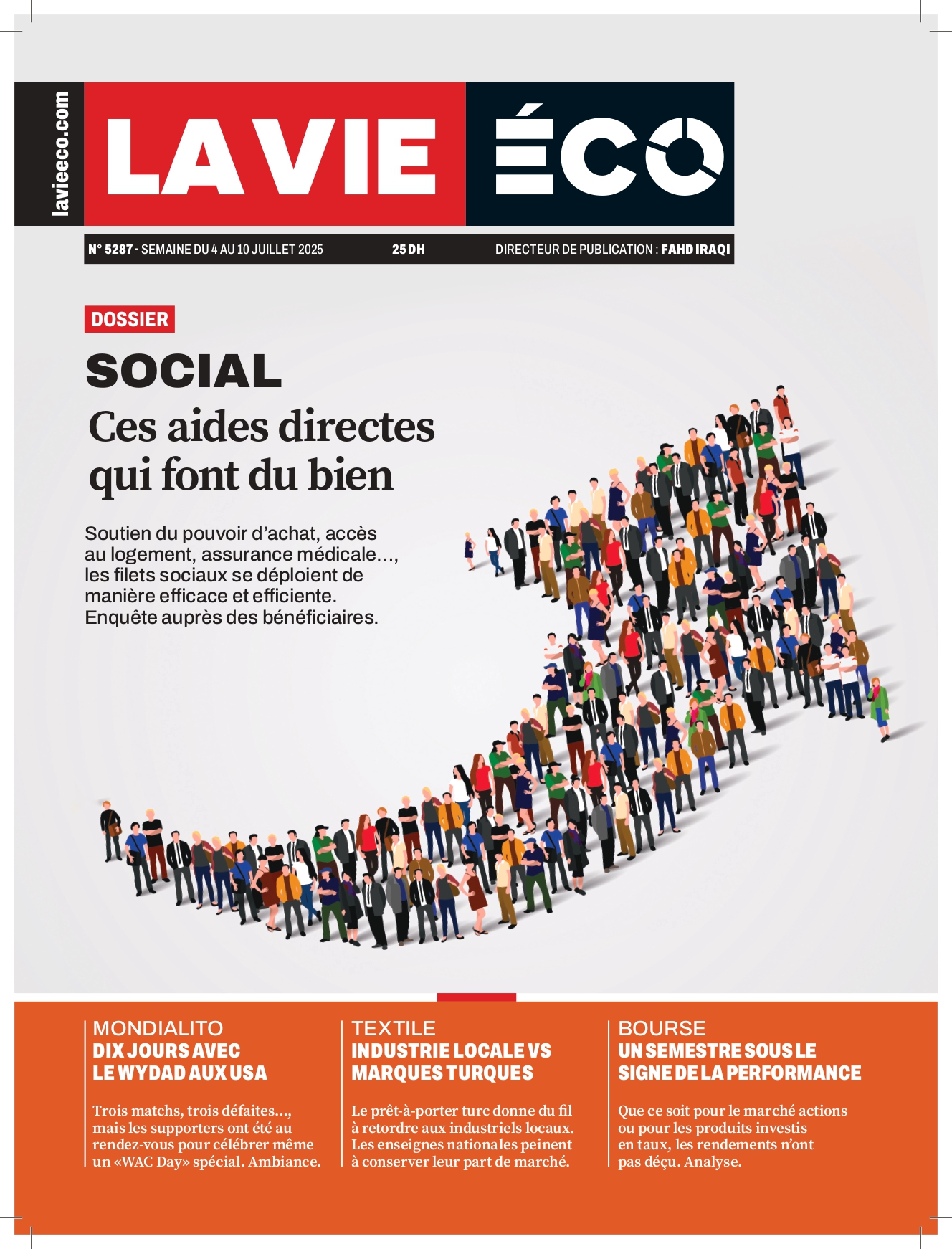Business
Information Technologies: Morocco Establishes the Foundations of a New «Global Industry »
For years since it started, the Kingdom is fully ready to deploy a new international-scale ecosystem in the fields of cloud, data centers, AI, and blockchain. A new industry is on the verge of emerging.
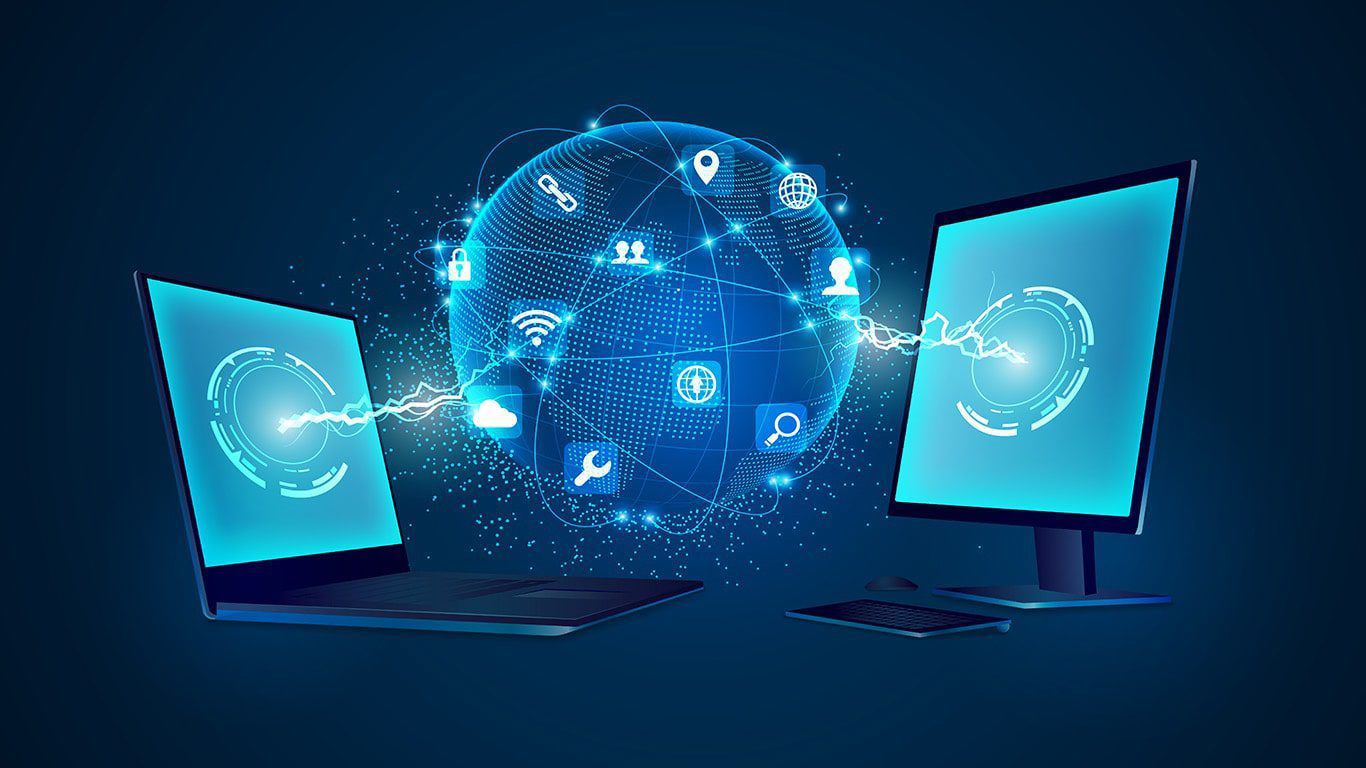
First electric batteries, then green hydrogen, and what if Morocco was preparing to launch another ecosystem in the same vein, that of cloud-AI-blockchain? Everything suggests yes.
Indeed, several signs converge towards this hypothesis. The establishment of this ecosystem requires, it must be said, besides large capital, land, energy, water, high-speed connectivity, and of course, human resources, in addition to a stable and secure environment.
Unlike the first two ecosystems, this last one will not be built ex nihilo. Infrastructure, human resources, and expertise in the field already exist.
The facts: February 2021, the OCP group, through its subsidiary UM6P, announced the inauguration in Benguerir of its new data center, certified Tier III and Tier IV, the first and only one certified Tier IV by Uptime Institute.
The project also includes the most powerful supercomputer in Africa, Toubkal, then ranked in the global Top 100 of smart centers (98th worldwide, with a capacity of 3.15 petaflops, performing three million billion operations per second).
Two years later, in 2023, Morocco already had about 21 data centers compliant with Tier standards, according to the Uptime Institute. International-class data centers are generally defined as those meeting global standards, such as Tier III or Tier IV certifications by Uptime Institute.
In short, still in 2021, in June specifically, the two flagship private universities in Morocco, UM6P and Al Akhawayn University, launched a new master’s degree dedicated to high-performance computing.
The new training capitalizes on the computing power offered by UM6P’s Toubkal supercomputer and the expertise of the two university centers’ teams in AI and High-Performance Computing (HPC), for deep learning and numerical simulation, as specified at the time.
The goal was to train specialists capable of designing, developing, and delivering sophisticated AI models from big data. A few years later, the Morocco Digital 2030 strategy plans to train 100,000 talents annually by 2030.
Connectivity and Security
January 2024, inwi announced the signing of a strategic partnership agreement with Medusa Submarine Cable System to strengthen its connectivity. This infrastructure will connect Morocco to Southern Europe, linking Nador to Marseille. It will meet the constant growth in fixed and Internet traffic and offer diversified and secure connectivity paths.
A year earlier, Orange Morocco signed a similar contract with the same operator. In both cases, the cable system will include segments offering up to 24 fiber pairs and a capacity of 20 Tb/s per fiber pair.
Orange Morocco had even expressed the ambition to integrate the first African fiber optic backbone named Djoliba, resulting from the pooling of more than 20,000 km of terrestrial and submarine infrastructures of the Orange group in West Africa, for a secure end-to-end link between 8 countries in the region.
Since 2021, the West Africa cable, deployed by Maroc Telecom, connects Morocco to several West African countries with a capacity of 20 Tb/s (extendable to 40 Tbps). A northern segment of this cable, operational since April 2022, links Casablanca to Lisbon, connecting Maroc Telecom and its African subsidiaries to the international optical loop.
More recently, information indicates negotiations between Starlink, part of Elon Musk’s empire, and Moroccan authorities for deploying high-speed satellite internet in the Saharan provinces.
A similar project was announced during President Macron’s visit to Morocco in late October 2024, by Moroccan operator Panafsat and Thales Alenia Space, who signed an agreement to provide high-speed satellite internet to 26 African countries.
Meanwhile, the two national operators, inwi and Maroc Telecom, jointly launched a national program for large-scale 5G deployment and strengthening the extension of the FTTH fiber optic network.
In early August last year, about 300 American soldiers, allies, and partners from four countries participated in a multi-domain exercise on European and African theaters. Arcane Thunder 24, a precision synchronization exercise of electromagnetic warfare, took place in Germany and Morocco.
Morocco notably deployed F-16 Block 50/52 aircraft from the Spark squadron, specialized in electronic warfare, reconnaissance, and surveillance (ISR). This was the second edition of this operation, held for the first time in Morocco. But it was not the first operation of its kind.
The same year, during the annual Moroccan-American exercise African Lion, the US military and the Royal Armed Forces (FAR) organized electronic warfare training in Tifnit. This training focused on «using electromagnetic energy to control the electromagnetic spectrum », allowing allied forces to disrupt enemy information systems while protecting their own.
New Strategies
At the same time, the Kingdom updated its National Cybersecurity Strategy (SNC), initiated in 2012, projecting it to 2030. The General Directorate of Information Systems Security (DGSSI) presented this strategy on July 22, 2024, aiming to strengthen the security of Moroccan cyberspace by creating a reliable, secure, and resilient digital environment.
This follows the enactment in August 2020 of law 05-20 related to cybersecurity. This text aims notably to establish a legal framework recommending a set of security rules and measures to ensure and strengthen the security and resilience of information systems. The recent incident at CNSS served as both a warning and a catalyst for public decision-makers to reinforce their information systems.
On another front, the desalination program launched within the National Water Plan has taken on a pronounced industrial dimension in recent years. Primary needs to secure drinking water resources are now practically met.
Desalination, targeting an annual production of 1.7 billion m³ by 2030, also serves agriculture and the industrial sector. This occurs as the share of renewable energies, solar and wind, in electricity production continues to grow alongside advances in production and storage technology.
The goal of 52% of the energy mix by the same date, along with commissioning new solar and wind production capacities, legislation on self-production, the gas plan, and the green hydrogen plan, heralds an era of abundant energy at competitive costs.
All these elements, considered individually, may seem unrelated, but together and over time, they form a solid base and a favorable environment for a new cloud-data centers-AI-blockchain ecosystem.
It is practically the same modus operandi adopted by the Kingdom before the effective launch of the electric batteries ecosystem, joining the exclusive club of (rare) countries dominating the entire value chain. This is also true for green hydrogen, whose Moroccan offer has so far attracted about forty national and foreign investors.
In short: Morocco now has about twenty international-scale data centers, thus proven experience in the field. It is connected via optical cables with Europe and Africa, soon with Latin America, while high-speed satellite internet coverage is planned.
To put it simply, all the ingredients are there, and Morocco is now ready to host global structures in this field. And as with any foreign direct investment (FDI), the new Investment Charter offers one of the most competitive legal, fiscal, land, and support frameworks.
The ambition is clear. Moreover, with the launch of the Morocco Digital 2030 strategy, the Kingdom aims to rank among the 50 global technological powers. It is ready to welcome world-class investments, which will undoubtedly not be long in coming.
Various studies predict the data center sector, the cornerstone of the entire ecosystem, should grow by 80% by 2028, with foreign direct investment rising from 27 million dollars in 2022 to 51 million dollars in 2028. Annual revenues could reach 668.7 million dollars by 2027. And this is only the beginning.
Experts in the field confirm Morocco is positioning itself as a key digital player in Africa, with growing infrastructure and sovereignty ambitions. It goes without saying that the Kingdom is also involved in blockchain technology, notably in cryptocurrency trading, where it apparently ranks among the top 30 countries worldwide.
This involvement is manifested through blockchain development companies, educational initiatives, and emerging government support, with specific applications in logistics and B2B transactions. Again, OCP, some banks, and to a lesser extent Customs are among the pioneers.
Morocco has the potential to become a regional leader in blockchain, relying on government support and a rapidly growing fintech ecosystem.
Cloud-AI-Blockchain, Never One Without the Other
This trio forms a technological ecosystem: AI exploits the flexibility and power of the cloud, itself physically anchored in data centers. Blockchain provides security and decentralization. This interdependence will intensify with the growing complexity of AI, requiring ever more advanced cloud services and data center infrastructures.
One can imagine, for example, in practical terms, an intelligent supply chain combining blockchain (traceability), AI (demand forecasting), and cloud (data storage), supported by data centers.
Or decentralized finance (DeFi), with common platforms using the cloud to host their applications, blockchain for transactions, and AI for risk analysis.
These are areas that represent invaluable growth levers for the Kingdom as a rising industrial power and continental financial center.
Especially since, and this is another asset, Morocco, as a regional hub, is better positioned to host world-class data centers, given that these are precisely distributed to reduce latency (crucial for real-time AI) and ensure redundancy.

